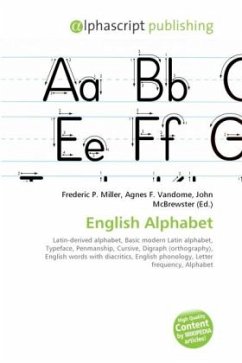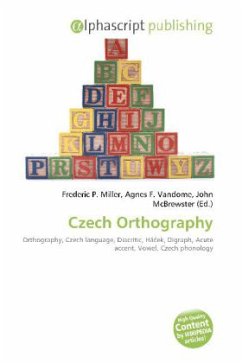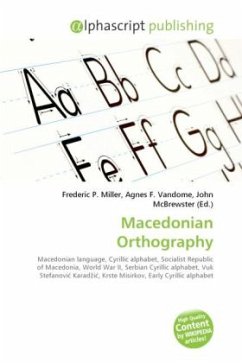A digraph or digram is a pair of characters used to write one phoneme (distinct sound) or a sequence of phonemes that does not correspond to the normal values of the two characters combined. The sound is often, but not necessarily, one which cannot be expressed using a single character in the orthography used by the language. Usually, the term "digraph" is reserved for graphemes whose pronunciation is always or nearly always the same. When digraphs do not represent a special sound, they may be relics from an earlier period of the language when they did have a different pronunciation, or represent a distinction which is made only in certain dialects, like wh in English. They may also be used for purely etymological reasons, like rh in English. In some language orthographies, like that of Croatian (lj, nj, d ) or Czech (ch), digraphs are considered individual letters, meaning that they have their own place in the alphabet, in the standard orthography, and cannot be separated into their constituent graphemes; e.g.: when sorting, abbreviating or hyphenating. In others, like English, this is not the case.
Bitte wählen Sie Ihr Anliegen aus.
Rechnungen
Retourenschein anfordern
Bestellstatus
Storno








